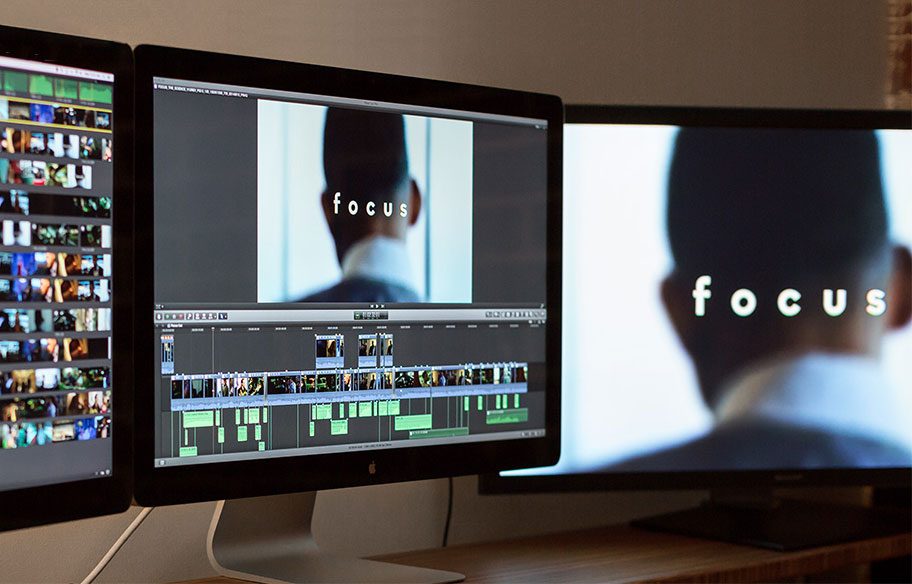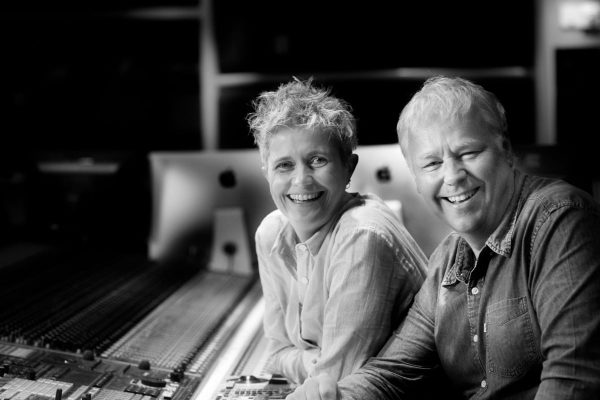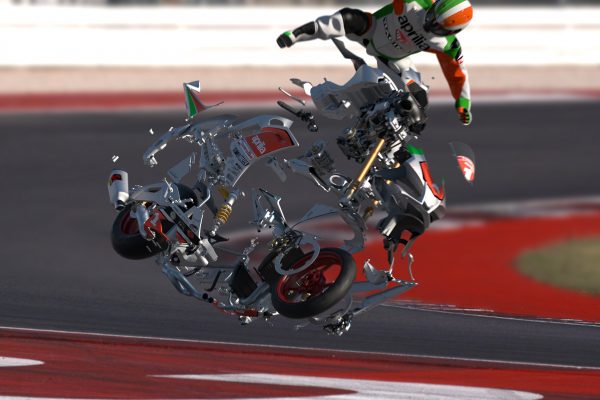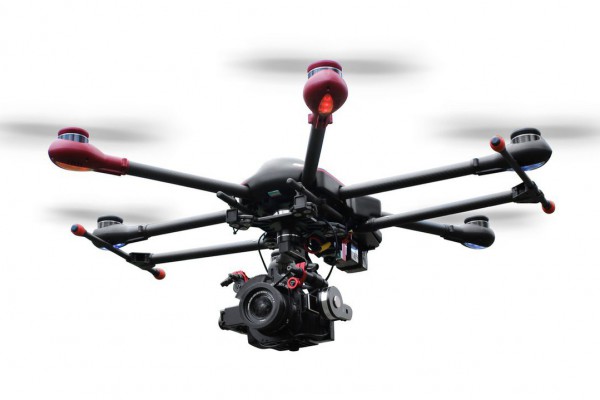It’s not news to hear that making films can be an incredibly expensive process. And even though it’s completely acceptable to cut corners from time to time, the place it should never happen, but most frequently does, is in post. But, purchasing NLE programs doesn’t always need to push you over budget, which is where Final Cut Pro X enters – stage right.
Written by Nicole Boyd
Warner Bros. new action flick, Focus, starring the Fresh Prince of Bel Air (aka Will Smith), was released on cinema screens across the globe this week and the entire film was edited in FCPX.
The film’s directors, Glenn Ficarra and John Requa, explored a number of options before deciding that a workable solution for all editing team members would be to use an easily accessible, and inexpensive program, with third-party plugins filling the functionality gaps.
The duo have a long history of collaboration, previous projects include, I Love You Phillip Morris (2009), Crazy Stupid Love (2011) and the screenplay for Bad Santa (2003). Their new film Focus tells the story of veteran conman Nicky (great name) and how an old flame sends his life into a loop.
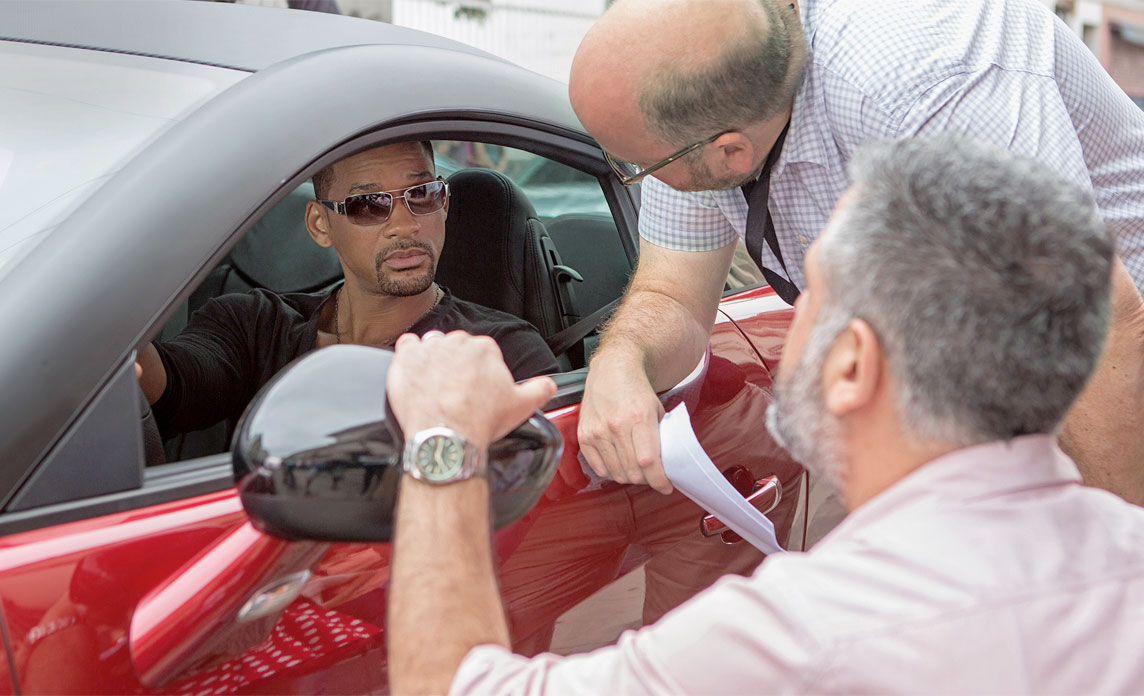
Directors John Requa and Glenn Ficarra chat with Will Smith on the set of ‘Focus’ (image: ©2015 Warner Bros. Photo by Frank Masi)
Lead editor Jan Kovac (on his first feature edit) was able to work on location in New Orleans, Buenos Aires, and New York City, using FCPX on his Macbook Pro.
The program does have its critics however, with many considering it closer to iMovie rather than a professional editing system. Something the directors actually felt was an advantage for the program, telling USA Today, “We have a whole generation of kids learning on iMovie. They’ll be familiar with this tool when they get into the real world.”
Part of the beauty of using a simplified NLE editing program like this, means that throughout the entire editing process – from dailies to the master – all team members, no matter their level of competence, can work within the same workflow. Which makes sharing new edits and changes as simple as dropping your latest project file into the cloud, a fact not lost on the directors.
“It allowed me to be involved with, and in control of, every aspect of making our film. We got exactly the film we set out to make,” mentioned Requa. Yes they did, whether it’s the film they should have made (or edited, rather) will be decided by this week’s audiences.
Shot on an ARRI ALEXA over 61 days in 2K ProRes 4444, the crew managed to record 145 hours worth of footage, to be edited down to only 104 minutes of footage (including credits). Sound was recorded by Schavaria Reeves (Oblivion, American Gangster) directly to computer via the Apogee Quartet interface, whilst boom operator Anthony Ortiz (Oblivion, Eat Pray Love) carried his mobile sound kit with him.
Dailies, replete with metadata, markers and directors notes, were conducted by LA-based, postpro house Light Iron, who created Mac Pro carts to transform the 2K footage into H.264 dailies, with audio batch-synced via Sync-N-Link X.

Outpost techs Ethan Schwartz and Dylan Damian supported an on-set crew who generated Apple ProRes 4444 dailies (image: Alex Tehrani).
The production team viewed the videos via the post house’s own Live Play iPad app, allowing them to be viewed anywhere. Using your own app or server is a smart idea for dailies, collaboration or approvals viewing, it deals with many of the security issues involved in password protected files on Vimeo and Youtube.
Regarding the use of metadata markers, Ficarra said, “I was able to say, ‘I need Will’s side in this take,’ and because even his improvisations were specially tagged, we were able to filter and come out with it. The upshot was just infinite searchability. We could change direction so fast and do multiple iterations. Sometimes while we were editing we felt as if we were actually rewriting the movie.”
Kovac also used the metadata tags to automatically generate ‘smart collections’ with everything from different scene information to dialogue tags. “They were a great help because everything was at my fingers instantly. I was able to try out more shots. And I got moments that I wouldn’t have found otherwise,” he said.
When shooting took place in Buenos Aires, Kovac (a man of infinite patience) spent editing time with the film’s directors in his hotel room, using his Macbook Pro.
“We wanted to be hands-on,” says Ficarra. “We wanted to follow Jan and tweak scenes and try stuff ourselves” – something every editor just loves! George Lucas, anyone?
“When we got frustrated trying to figure out a scene, Glenn could just cut a version and show it to Jan. We didn’t have to try to verbalize it. If we were cutting on another system, we couldn’t have been this hands-on. We’d have been relegated to the couch, pointing, being frustrated.”
We’re left pondering the question as to why these guys didn’t just edit the entire film themselves? Smartly they did leave at least some of the main editing to Kovac, or we wouldn’t have that much to write about.
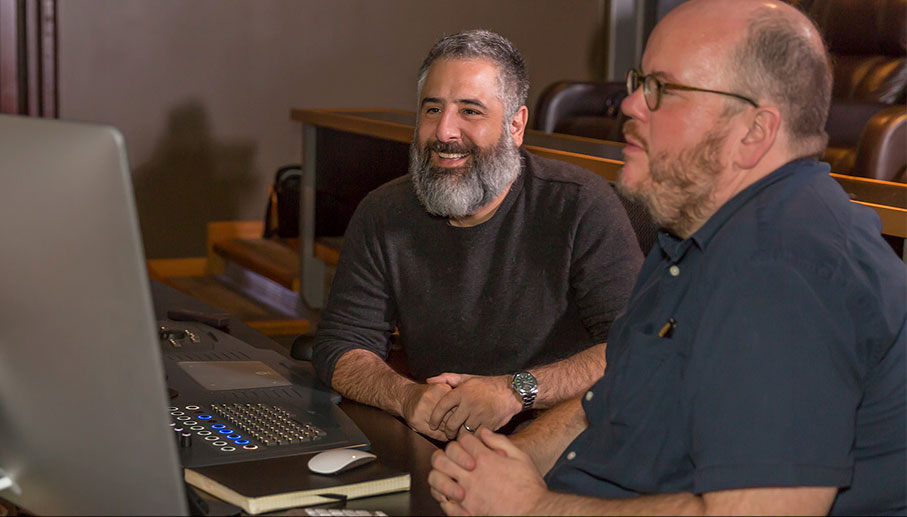
Two very happy co-directors, Glenn Ficarra and John Requa reviewing the final cut of ‘Focus’. Lead editor Jan Kovac is likely sedated and hiding somewhere nearby (image: Alex Tehrani).
Post editing took place in LA, on a dual-GPU, 8-core Mac Pro natively using the 2K ProRes 4444 footage, without any playback issues.
Titles and effects placeholders were made using Motion 5, and camera tracked in Coremelt’s SliceX. Stabilisation was handled by Lock & Load, whilst quick & dirty green screen keying was done with FCPX’s built-in Keyer. Visual effects and compositing was created in Nuke by Method Studios, whilst the film’s colour grade was completed on a Quantel Pablo Rio system by Ian Vertovec (Gone Girl, The Social Network).
Editing on the juiced up Mac Pro meant Kovac (and his ever-present directors) were able to continue cutting while other scenes/shots rendered in the background. This allowed the team to create alternate versions of scenes (when they couldn’t agree on something, we presume) allowing preview audiences to choose which of the versions worked best.
“There’s a three-year transition from the first half of the movie to the second,” says Requa. “We weren’t sure how to bring the audience across. So we shot that transition three ways in three separate locations on different days.
“Instead of trying the one we thought would work, we edited three different versions using Compound Clips and previewed them simultaneously in adjacent theaters at Warner Bros. And that showed us exactly which way to go. All we had to do was export.”

Lead editor Jan Kovac, a man of infinite patience. He worked ‘closely’ with both directors when editing, ‘Focus’. He’s a saint, the patron saint of the ‘little-say’ editors. (image: Alex Tehrani).
Sound design and editing was done in Pro Tools HD, however, due to the lack of OMF/AAF support in FCPX (yes, we know its ridiculous) audio had to be exported as an FCPXML file and then converted into an AAF file via X2Pro, before importing into Pro Tools, using ‘Roles’ to assign track names.
Both the editing and sound teams used Change List X when further cuts were added to the final edit, this allowed Supervising sound editor Paul Urmson (Limitless, This is Where I Leave You) and production sound mixer Thomas Jones (Hunger Games: Mockingjay Pt 1, Looper) to chase the edit without too much blood being spilt.
Just as a side note, it seems incredibly remiss of Apple not to include audio file support in its flagship editing program, the original FCP had it. Having to rely on third-party plugins for essential functions makes the program unusable for many editors. For those working in sound design, it appears to denigrate the importance of audio to a film’s production. Remember V&F readers, sound is 50% of your film!

Senior Colourist, Ian Vertovec did the final grade on a Quantel Pablo Rio system (image: Alex Tehrani).
Despite this fact, it’s hard to argue with the how inexpensive it is to buy FCPX, coming in at under US$300. Especially when compared to Avid’s Media Composer, which is over four times the price at US$1299. Not to mention the inexpensive plugins that were used during the making of Focus, many of which are less than US$100 to licence. Making it well within the reach for most indie filmmakers and micro budget productions.
Something Ficarro made note of, saying “I hope younger people who are coming up understand that even though we had this bigger sort of studio process around it, we were using the same Final Cut Pro X that anyone can download from the App Store.”
“There’s no mysterious industry tool or process anymore,” says Sam Mestman, cofounder of FCPWORKS and one of the chief workflow architects for Focus. “The bottom line is that all of these deliverables can be created from your living room. With just a few third-party apps, you can easily take your media through Final Cut Pro X to 4K output. So anything the big guys are doing, you can do too.”
Something we all can agree with.
Check out these two BTS of Focus videos just released by Warner Bros.
Excerpts from media release.

